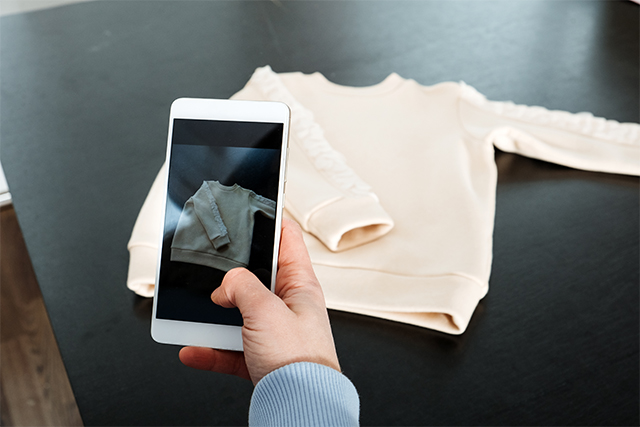Now that the pandemic restrictions have loosened up, you might be thinking of opening your own clothing business. Still, the threat of Covid-19 lingers, and it is safer to open an ecommerce store than a traditional brick-and-mortar shop.
However, if you have a budget, you can open an ecommerce store and build a physical store at the same time. Combining the two can help you target your audience efficiently and increase your sales faster.
If you have clothes ready for selling, let’s start discussing how you can open an ecommerce store.
Start with a Responsive Website
According to Digital Authority Partners, the first steps in starting an ecommerce shop are to set up a website and apply search engine optimization (SEO) strategies. Choose a responsive design for your ecommerce website that can combine all your marketing efforts across all devices. The omnichannel marketing strategy is a trend nowadays, and you can do this only if you have a responsive web design.
Your web design should fit your images and content on all types of gadget screens available. If you have this web design, users will be able to navigate your website, regardless of the kinds of gadgets they are using. A responsive web design should be your priority when your web builder asks you what you want for your ecommerce web design.
Add More Payment Options for Your Ecommerce Site
It is early to discuss digital payment methods here, but the structure of your site is crucial before adding the images of clothes for online display. Before your ecommerce site goes live, make sure that you have set up all your payment options such as credit cards, PayPal, major banks, and other digital wallets.
Offer more payment options such as cash on delivery (COD) and over-the-counter (OTC) payment to accommodate customers who are hesitant to pay online. Organize these payment options early on so that you can focus on accommodating your customers online and competing with other online brands.
Design the Navigation Flow
Plan early how customers will enter your website, click on your links, land on the featured page, and go to the checkout page. Plan alternative click routes such as going to the blog page for learning more about the clothes you sell or to the gallery page to see how customers can style them along with accessories.
Think carefully about how you want your customers to navigate your website. Make the routes simple and easy to follow. Limit the clicks to five. Having too many “next” buttons to click on will frustrate customers.
Create a Landing Page
You may be tempted to upload all the clothes you sell, but creating a landing page is a priority. A landing page allows you to focus on your featured items and promote them through your marketing channels such as social media, partner sites, and paid ads.
Select your best garment and have a model wear it in style. Add a call-to-action such as “Buy Now” or “Shop More.” You can also use “Sign Up” or “Watch Here” to promote brand loyalty and customer retention.
When people start receiving daily updates or watching models wearing your products, they can appreciate your brand more and be persuaded to buy from your store.
Categorize the Clothes and Limit the Pages
Categorize the clothes according to their types. Your categories can be tops, bottoms, dresses, and lingerie. They can also be blouses, skirts, pants, and dresses. Limit the categories to five and highlight the best sellers to avoid overcrowding on your ecommerce site.
Design a well-thought layout for each page, showcasing one style for each instead of dedicating a separate page for each color and size. Have a drop-down menu for size options and photo collage for color options to simplify things.
Label each style with its code, price, and category. Also, write a unique description for each so that search engines will not penalize your ecommerce site.
Maintain the way you categorize your products online to avoid confusing the customers visiting your physical store. The shopping experience should be the same for both your online and offline stores.
Apply SEO Strategies
SEO is the best strategy that you can use to make your brand known on the internet. It establishes your brand identity and helps with your brand awareness campaigns.
Seek the help of digital marketing experts to know more about link building, blogging, vlogging, social media optimization, and many more. You can increase your visibility through link building. Search engines will recommend your ecommerce site if many websites link to you because of your high-quality content.
SEO opens up many opportunities for your brand to grow and build strong customer relationships online. It is a long-term digital marketing strategy, but it is an effective way to help you grow your clothing store.
Final Words
Aside from preparing well for your upcoming ecommerce store, align your digital marketing efforts with your physical store marketing campaigns so that customers will see seamless integration.
What your customers see online should also be seen in your brick-and-mortar store. Remember that shopping is not necessarily shopping; it is a way of life for most people, especially women.
If you need help with integrating your digital marketing campaigns, consult Digital Authority Partners. A team of committed SEO professionals can help you direct traffic to your ecommerce store and generate leads for your brand.

